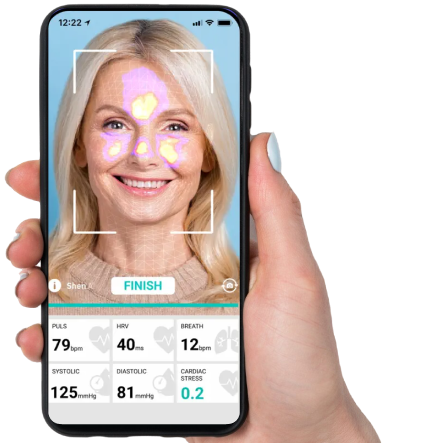A new smartphone app provides truck drivers with a 30-second health check that focuses on hypertension and Type 2 diabetes. A smartphone camera is used to measure blood pressure using transdermal optical imaging. Digital video cameras are used to measure hemoglobin concentration in transdermal optical imaging, also called TOI. Light can travel under the skin and reemit due to its translucent nature. Various chromophores influence the re-emitted light from under the skin, mainly hemoglobin and melanin. By utilizing color differences, TOI machine learning software can separate images into layers referred to as bitplanes. Using this method, hemoglobin signals are extracted from melanin signals and the melanin-rich signals are discarded, leaving a recording of hemoglobin changes under the skin. Researchers have proposed that transdermal optical imaging can replace cuff-based blood pressure monitoring methods since it can measure heart rate accurately without any contact or invasive methods. Further, unconfirmed research suggests transdermal optical imaging may also be able to detect hidden emotions using the patterns of blood flow in the face.






